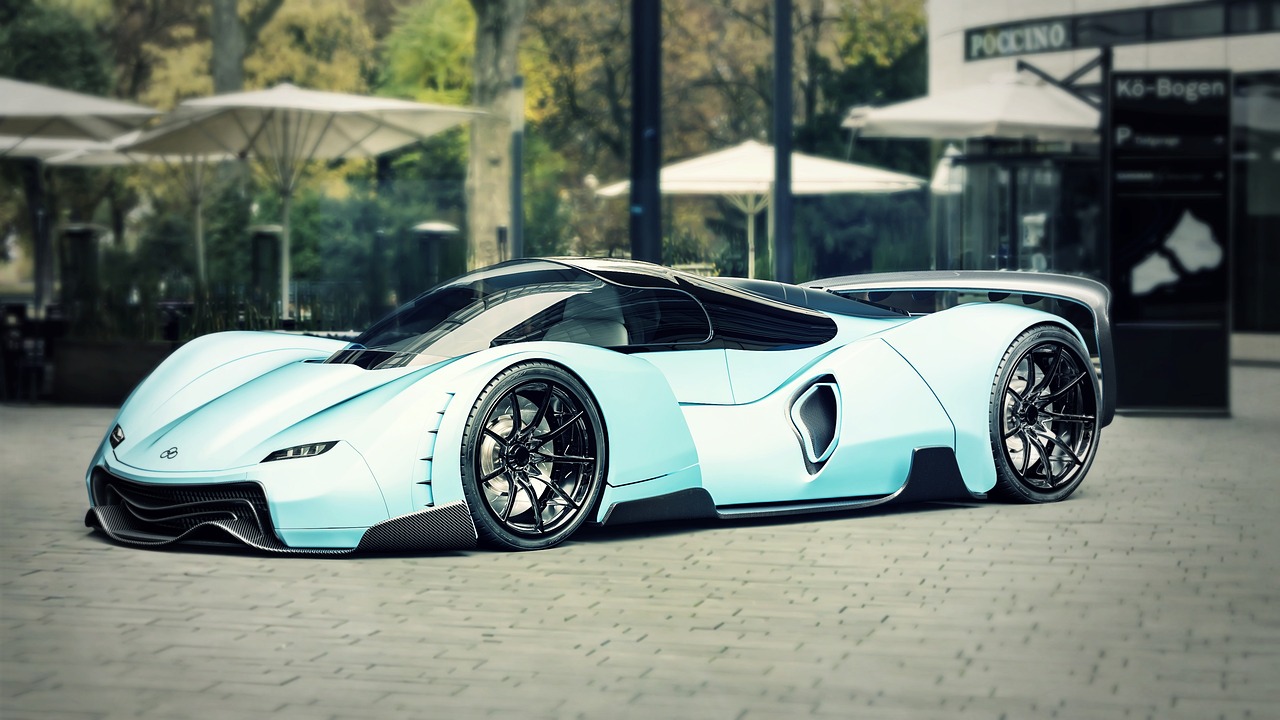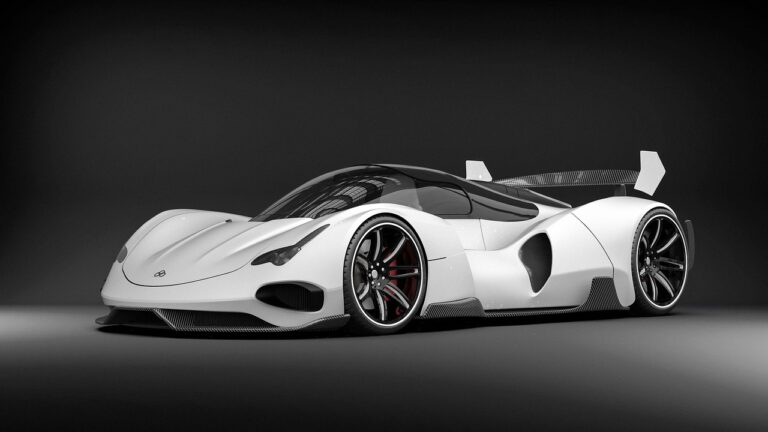Car Technology Innovations: What’s Next?
As technology continues to advance at a rapid pace, the automotive industry is not far behind. From electric vehicles to autonomous driving features, there have been significant advancements in car technology over the past few years. But what’s next for car technology? In this article, we will explore some of the most exciting innovations that are on the horizon for the automotive industry.
1. Artificial Intelligence and Machine Learning
One of the most significant developments in car technology is the integration of artificial intelligence (AI) and machine learning. These technologies allow vehicles to analyze data in real-time, making decisions and adjustments on the fly. AI-powered systems can improve safety, optimize fuel efficiency, and enhance the overall driving experience.
2. Connectivity and IoT Integration
With the continued advancement of the Internet of Things (IoT), cars are becoming more connected than ever before. This connectivity allows vehicles to communicate with each other, with infrastructure, and with other connected devices. This integration can lead to improved traffic management, enhanced navigation systems, and new opportunities for in-car entertainment and productivity.
3. Advanced Driver Assistance Systems (ADAS)
ADAS technologies, such as adaptive cruise control, lane-keeping assist, and automatic emergency braking, are becoming more common in modern vehicles. These systems help drivers stay safe on the road by providing assistance with tasks like parking, merging, and avoiding collisions. As these technologies continue to evolve, they will play an even more significant role in improving road safety.
4. Electric and Autonomous Vehicles
Electric vehicles (EVs) and autonomous vehicles (AVs) are two of the most talked-about innovations in the automotive industry. EVs are becoming increasingly popular as concerns about climate change and air pollution grow. Meanwhile, AVs have the potential to revolutionize transportation by eliminating the need for human drivers altogether. In the coming years, we can expect to see more EV models on the market and advancements in AV technology.
5. Augmented Reality and Heads-Up Displays
Augmented reality (AR) technology is being integrated into vehicles to provide drivers with real-time information about their surroundings. Heads-up displays (HUDs) project data onto the windshield, allowing drivers to keep their eyes on the road while accessing navigation directions, speed limits, and other important information. This technology can enhance safety and improve the driving experience for motorists.
6. Sustainable Materials and Manufacturing Processes
As sustainability becomes a top priority for consumers and automakers alike, the automotive industry is exploring new materials and manufacturing processes that reduce environmental impact. From recycled plastics to plant-based materials, car manufacturers are looking for ways to make their vehicles more eco-friendly. Additionally, advancements in 3D printing technology are enabling more efficient and sustainable production methods.
FAQs
Q: What are some of the key benefits of AI-powered car technology?
A: AI-powered car technology can improve safety, optimize fuel efficiency, enhance the driving experience, and provide real-time data analysis.
Q: How are electric vehicles shaping the future of transportation?
A: Electric vehicles are becoming increasingly popular due to their environmental benefits and advancements in battery technology. They have the potential to reduce greenhouse gas emissions and decrease reliance on fossil fuels.
Q: What role will connectivity and IoT integration play in the future of car technology?
A: Connectivity and IoT integration will enable vehicles to communicate with each other, infrastructure, and other devices. This integration can improve traffic management, navigation systems, and in-car entertainment options.
With these exciting innovations on the horizon, the future of car technology is looking brighter than ever. As automakers continue to push the boundaries of what’s possible, we can expect to see even more advanced features and capabilities in the vehicles of tomorrow.







